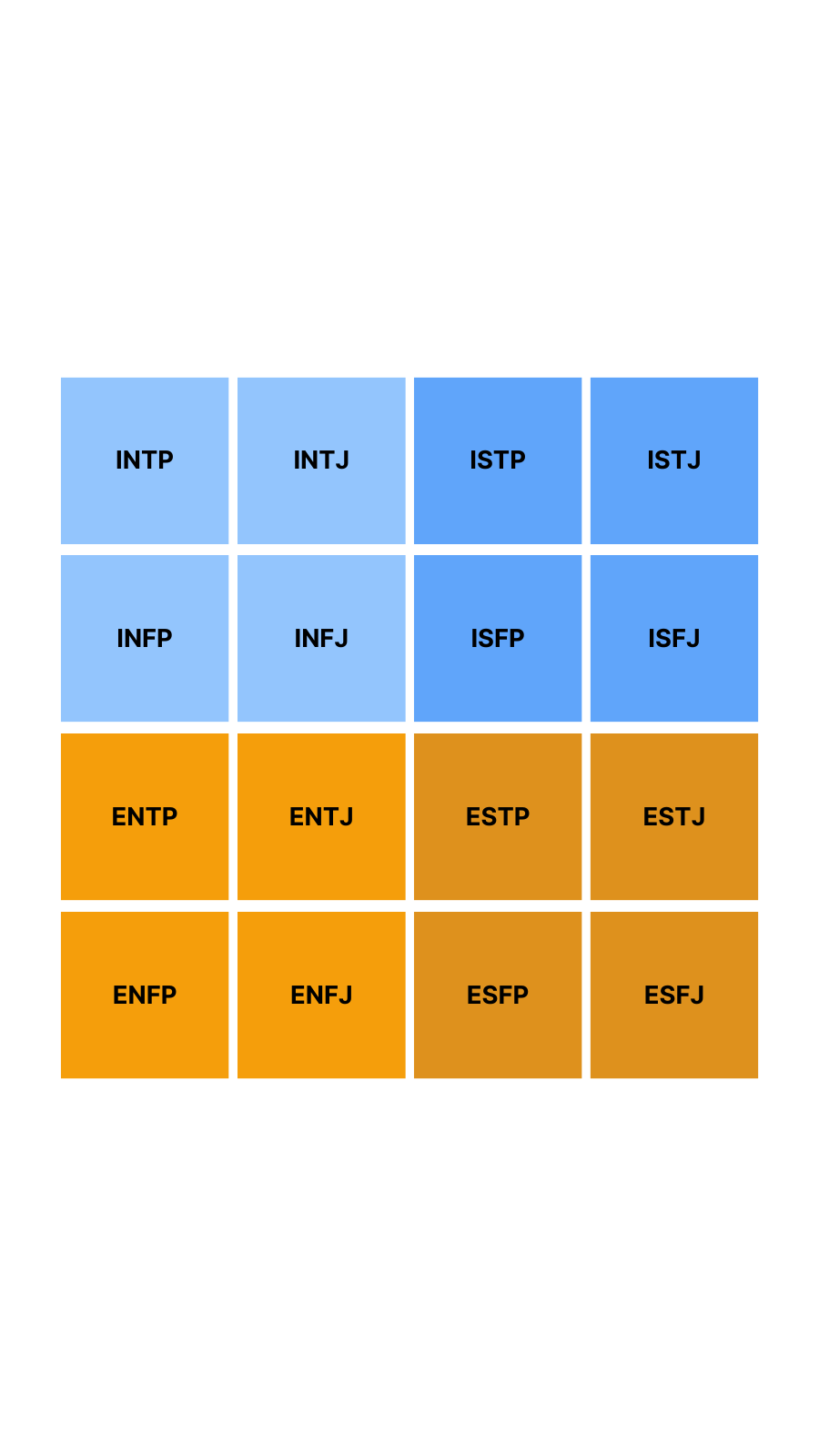See how types from these two popular personality typologies compare in four important areas
Reading time: 5 minutes

Gregory Park, Ph.D.
Author
Scroll down to see a list of all possible pairs between Enneagram and 16 Personality types.
You’ll find each pair of types compared on four broad areas of thinking, feeling, and behaving:
Interpersonal Style describes common patterns of interacting, communicating, and resolving conflict with others.
Emotional Style describes tendencies in emotional intensity and valence (i.e., positivity vs. negativity).
Intellectual Style captures common information processing patterns, like idea abstraction vs. concreteness and the need for novelty vs. closure.
Organizational Style describes tendencies around routines, organization, planning, and spontaneity.

Do you know your personality type?
See how your personality compares to all 16 types with TraitLab's comprehensive assessment.
The Enneagram and 16 Personality (MBTI, Myers-Briggs, or Jungian) typologies offer different ways of slicing the enormous range of individual personality differences.
Just like the geographic area of the United States can be sliced up into counties or ZIP codes, these typologies group similar areas in personality space into types.
On the other hand, TraitLab measures personality at a more precise level than a typological approach. If typologies are like counties or ZIP codes, then TraitLab’s measurement system is more like using latitude and longitude.
And because TraitLab measures personality at a much higher resolution, it’s possible to compare types from different typologies (like the Enneagram and the 16 Personality typology) based on their underlying personality characteristics.
However, it’s important to remember that the 16 personality types are broad and only describe general trends. Within any given personality type, there’s still tremendous psychological variation among individuals with that type. For example, while there are broad differences between each personality type, two people with the same type can still differ significantly in every area.